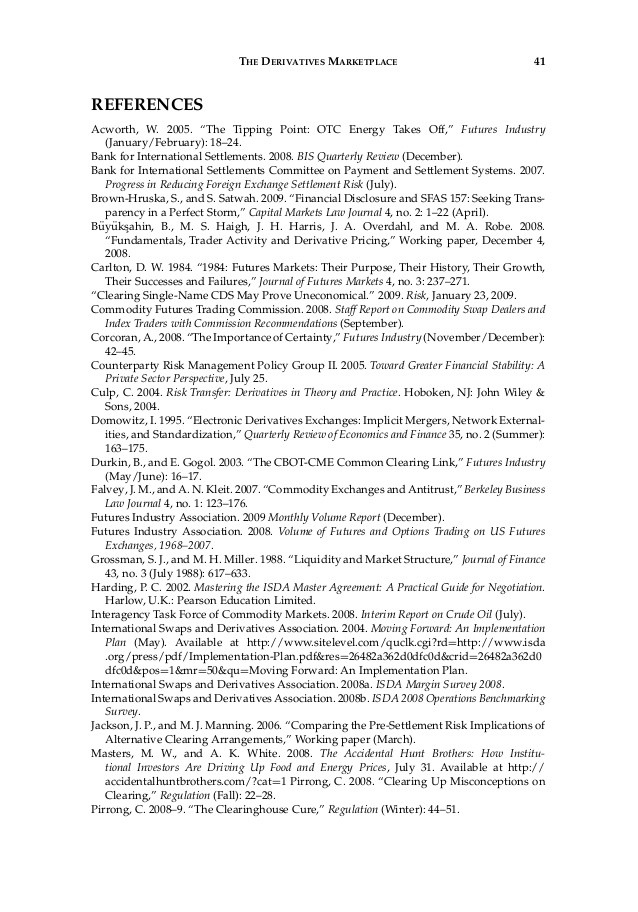The ABC XYZ MER and F s of Mutual Funds
Post on: 19 Июль, 2015 No Comment

Have you ever sat down with a bunch of doctors and listened to the medical jargon they share? Its a different language. In fact, I think every industry and every professional has some level of this and the investment industry is no different. Just think of all the different acronyms in our industry like: MERs, EFTs, Units, RRSPs, RRIFs, LIRAs, LIFs, CESG, CFP, CAIFA, etc. And just when you thought there were too many, theres another one called F-Class.
For investors who own mutual funds, most of them own mutual funds in something the industry calls the A-Class version. The A-Class is the mainstream retail version of a mutual fund.
A few years back, mutual fund companies came out with a different title for the same mutual fund called the F-Class.
History of F-Class?
F-Class was something that was derived from the brokerage industry. It was designed to give brokers an alternative to a transaction based program. Rather than buy and sell individual stocks, and pay transaction fees each time a transaction occurred, the broker could simply charge one monthly fee regardless of the number of trades.
Now, financial sales people of all sorts have access to F-Class programs but investors need to be better educated about how they work.
According to James Cook, of Franklin Templeton Investments, the biggest advantage to the investor is not necessarily lower fees because that is not always the case. The advantage comes in the unbundling of fees and the transparency resulting from unbundling.
Cook says, There are three key components to the MER of a mutual fund. The first is the fee to pay the manager for managing the fund. The second goes to the fund company to cover the costs and make a profit and the third is the compensation that goes to the financial advisor. For the F-Class product, our mathematics are really simple, we simply take off 1% plus the GST and that creates the fee for F-Class.
Lower MERs?
The F-Class shares are simply the same retail mutual funds (known as A-Class) but the compensation has been stripped out of the MER. Essentially, for fixed income products, the average MER for F-Class is about 45 basis points lower than the A-Class and for equities and balanced products, the F-Class is typically 110 basis points lower than the A-Class counterpart.
The fees are lower in the F-Class program. However, in the F-Class programs, tack on an additional fee that goes directly to compensation to the financial advisor. This compensation is expressed in percentage terms and typically, the advisor and the mutual fund dealer share it.
For investors, the fee becomes transparent. Most programs promote that the additional compensation fee is tax deductible, which is an advantage over the A-Class where the MER is not deductible. Since the fee is transparent, the investor knows exactly how much money the advisor is getting paid. As a result, the advisor must justify the fee by providing necessary value for the fee.
If the advisor charges a 1% fee or more, there is little to no benefit compared to the A-Class shares. Some claim that the investor can deduct the fees but when you do the math (after tax), there is actually little difference. Having talked to a few investors who have invested in F-Class programs, I am surprised to hear that many investors think that the advisor fee charged is the only fee. The reality is there is still a MER on top of the fee being charged.
Can anyone buy F-Class versions of mutual funds?
This is an interesting and somewhat controversial topic. Currently, you can only buy F-Class through an advisor. And advisors can only offer F-Class if their dealership has a platform to offer the F-Class units. The paradox to this is if you buy it through an advisor, you will still have to pay that advisor something for their services. What you pay them is negotiable and usually expressed in an annual percentage fee that is tax deductible, which further adds to the annual cost of advice and products.
The F-Class shares pertain specifically to funds that are sold through the advisory community. There are other funds that can be bought direct with no compensations fees such as PH&N as an example. Although they do not necessarily refer to their funds as F-Class funds, they have lower MERs because they do not pay compensation.
One other interesting point to mention is the perception issue. There seems to be a perception that F-Class is for higher net worth individuals and that they are a step above mutual funds. Im not sure this perception is really warranted given the fact that the underlying mechanics and management for an F-Class and an A-Class are exactly the same. The mutual fund company offers no fee break to the investor no matter how much money they choose to invest.














